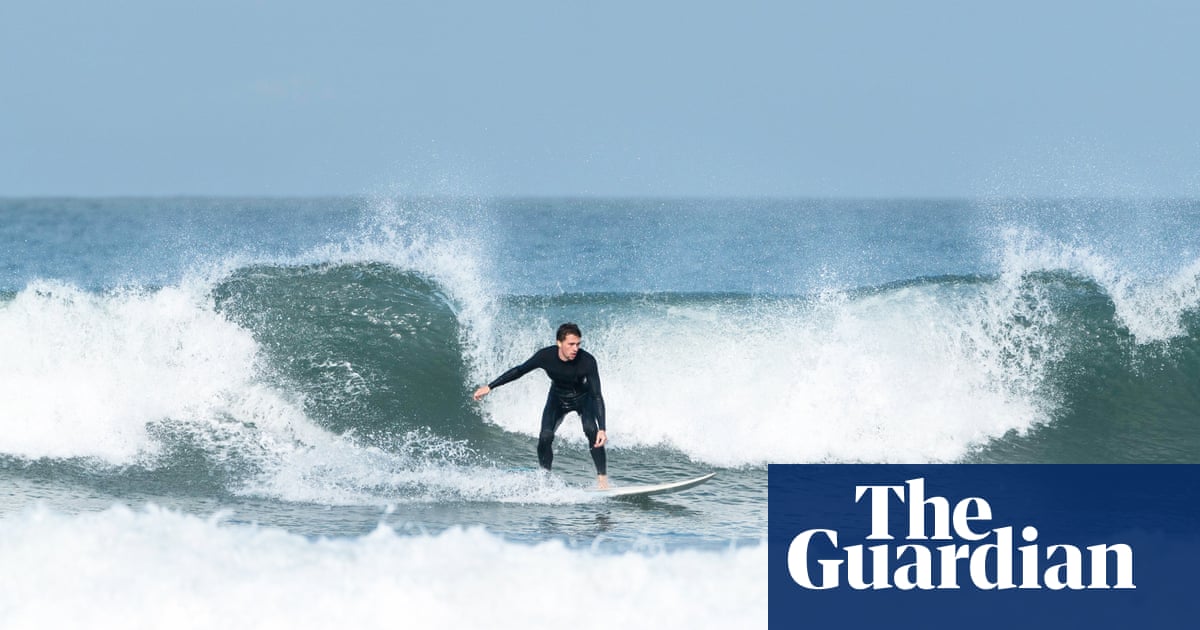Tuesday, April 12, 2022
That’s swell: why north Devon has just become a World Surfing Reserve
The celebrated UK coastline has joined the likes of Malibu and the Gold Coast as a global surfing hotspot. We pick five of its finest beaches for riding the waves
North Devon has long been a mecca for British surfers, drawn to the variety of waves that break along its golden beaches. However, last week, it gained international recognition when it was declared a World Surfing Reserve, one of just 12 places on the planet. It shares the title with globally renowned sites including Malibu in California and Australia’s Gold Coast.
Stretching for 19 miles, the north Devon reserve encompasses eight high-quality surfing spots including Croyde, one of the finest beach breaks in England, as well as family-favourite Woolacombe, and longboarding paradise Saunton Sands.
But what does it mean to become a World Surfing Reserve? Climate change and overdevelopment threatens to disrupt the carefully balanced geophysical ecosystem at these surf spots. If the cliffs, dunes and sea bed shift significantly, the swell cannot shape into the perfect crescent waves needed to surf. By achieving this protected status, local surfers are given a more prominent voice when it comes to challenging decision makers on environmental matters affecting the coastline. This ranges from fighting sewage dumping in the ocean, safeguarding the shoreline from encroaching development, and conserving wild spaces for wildlife such as bottlenose dolphins, grey seals and basking sharks. In north Devon this will give surf spots comparable levels of protection to nearby Dartmoor and Exmoor national parks. The area’s surfing history and culture was also a key feature in the award of WSR status. Continue reading...
